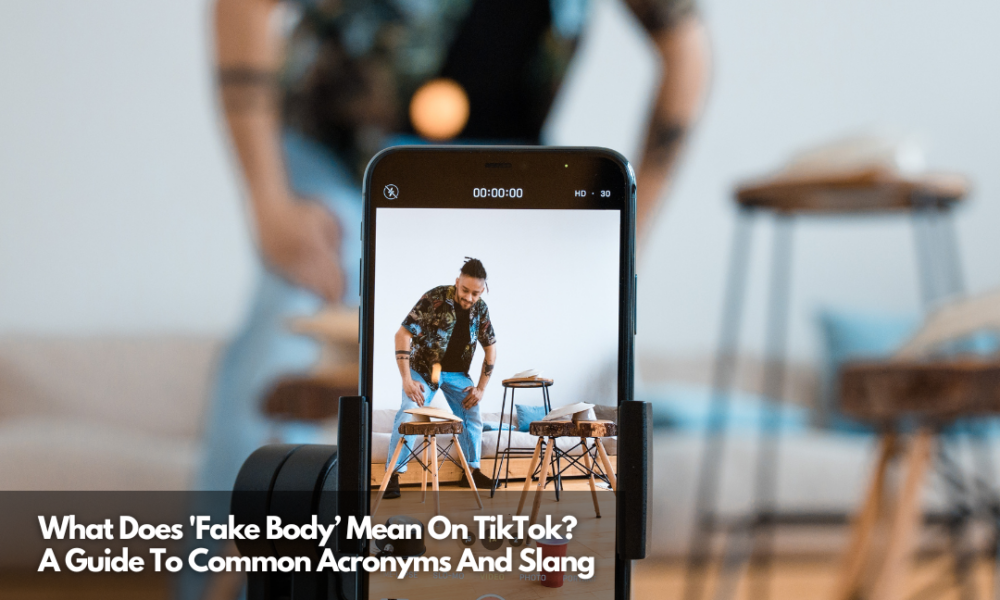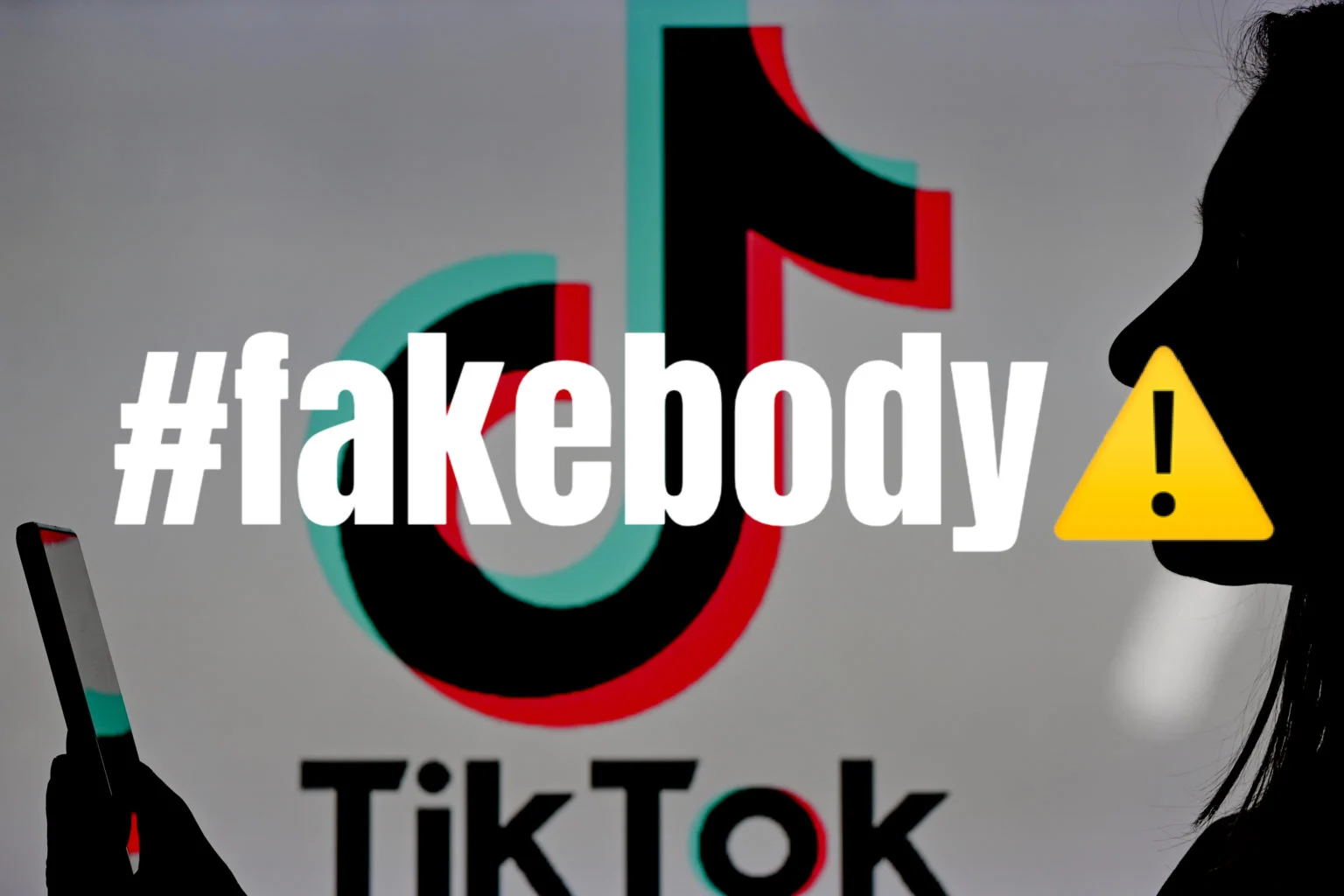TikTok, the social media platform known for its short-form videos, has become a breeding ground for various trends and slang terms. One such term that has gained traction is “fake body.” This phrase has sparked curiosity and confusion among users and observers alike, as it intertwines with the platform’s content policies and the creative tactics of its users.
The Slang Term “Fake Body”
The term “fake body” on TikTok does not refer to artificial bodies, as one might initially think. Instead, it is a slang term used by content creators to describe videos that feature partial nudity or revealing clothing. TikTok has stringent rules against nudity and sexually explicit content, and the platform employs both automated systems and human moderators to enforce these guidelines.
TikTok’s Censorship and Community Guidelines

TikTok’s community guidelines are explicit in their prohibition of nudity and sexually explicit content. The platform defines nudity as showing intimate body parts that prevailing cultural norms suggest should be fully covered. Exceptions to this rule are limited to content related to medical treatment, educational purposes, and culturally accepted practices.
The Impact and Risks of “Fake Body” Usage
The use of “fake body” on TikTok is a testament to the ongoing cat-and-mouse game between content creators and platform moderators. While some creators may use the term to avoid unfair flagging of content that is not sexually explicit, others may push the boundaries of what is acceptable, potentially exposing younger audiences to inappropriate material.

The phenomenon also raises questions about the effectiveness and limitations of automated content moderation systems. As creators find ways to bypass these systems, platforms like TikTok must continually adapt their algorithms and moderation practices to maintain a safe and appropriate user environment.
Conclusion
The “fake body” trend on TikTok is a complex interplay of user creativity, platform censorship, and the evolving landscape of social media content policies. While it serves as a clever workaround for some, it also highlights the challenges that social media platforms face in balancing freedom of expression with the need to enforce community standards. As TikTok and other platforms evolve, so will the strategies their users employ to navigate the rules of digital content creation.














